The ultimate guide to freezing food
Your freezer is about to become your best friend. Here’s a comprehensive guide to what will and won’t freeze well, and how best to freeze them.
CHEESE
What to do with all those cheese orphans knocking about in your fridge? Depending on what kind of cheese they are, freezing them is a great way to preserve them for future. Opened cheese should be wrapped tightly in cling film or in a Ziploc bag. As freezing can change the texture of cheese, it's advised to use it up in dishes where the cheese melts such as mac 'n cheese, on top of pizza or in a grilled cheese sandwich.
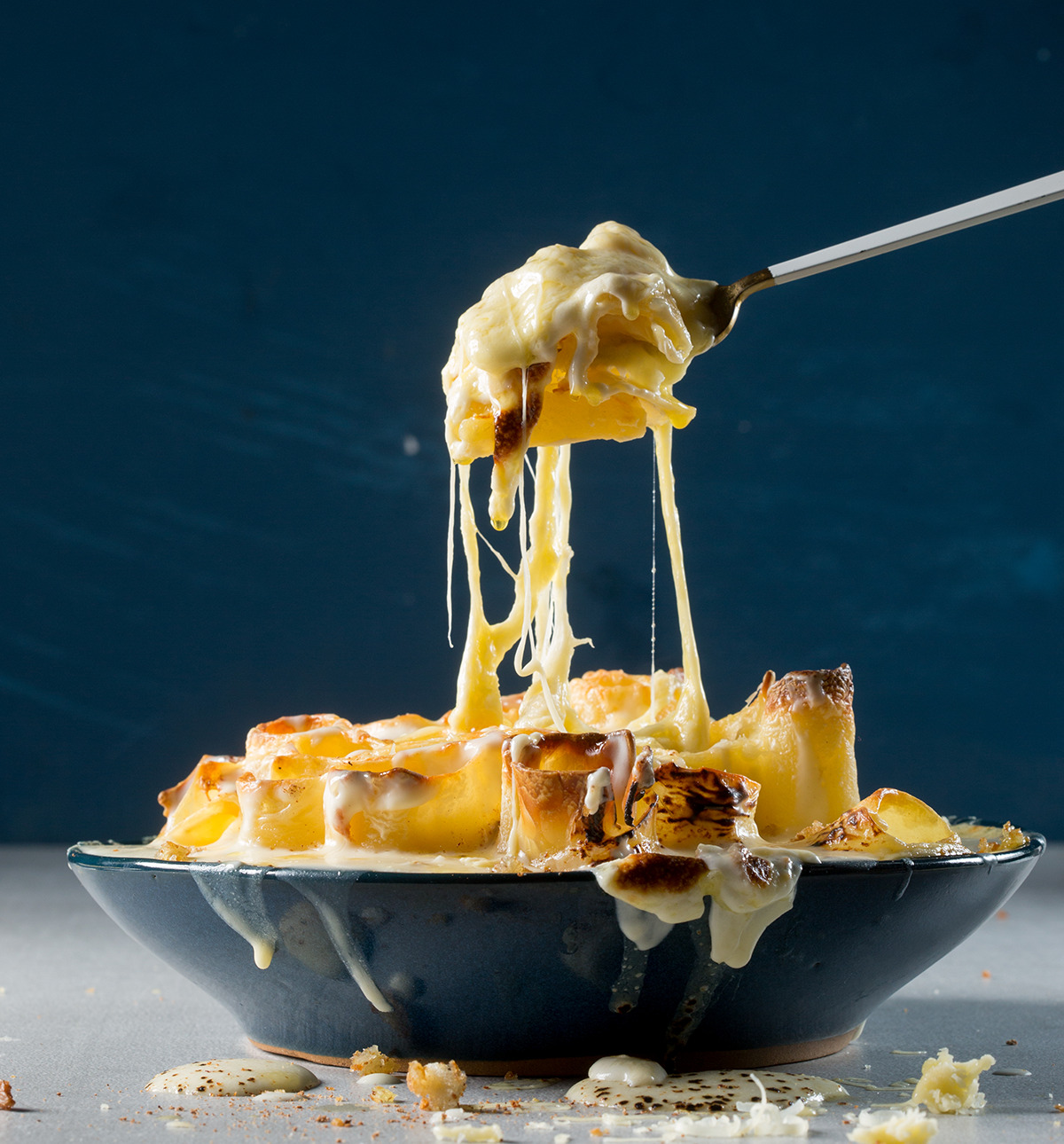 Looking for some ways to use up that cheese in the freezer? Find our favourite cheesy recipes here.
Looking for some ways to use up that cheese in the freezer? Find our favourite cheesy recipes here.
DOUGH AND BREAD
Sealed properly, bread freezes like a dream and can go from the freezer straight to the toaster. If you're dealing with a whole loaf slice it, wrap tightly in clingwrap, then in foil, then in another bag, or it will dry out. Cookie or scone dough can be portioned and frozen on a tray, then placed in a freezer bag (remove as much air as possible). Then, when you're ready, bake directly from frozen.
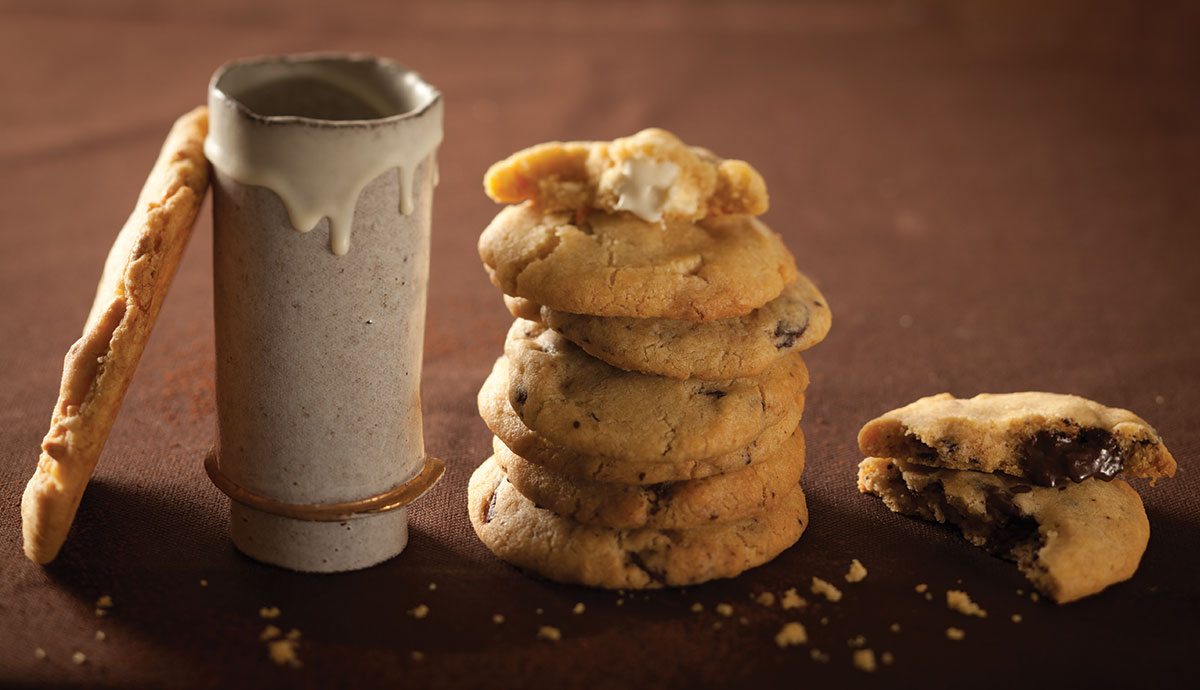
Make these ultimate choc chip cookies here and then freeze half of the dough for future cookies.
EGGS
Whole eggs can’t be frozen, but separated eggs do very well. Egg whites can be frozen in a bag or plastic container and used to make meringues, cakes, soufflés, or omelettes. Egg yolks require a little more caution, as they become a little unstable after freezing. To avoid this, beat them with a tablespoon of sugar or pinch of salt (depending on whether you plan to use them for sweet or savoury things) and freeze them in a Ziploc bag. Let both whites and yolks slowly defrost before using them.
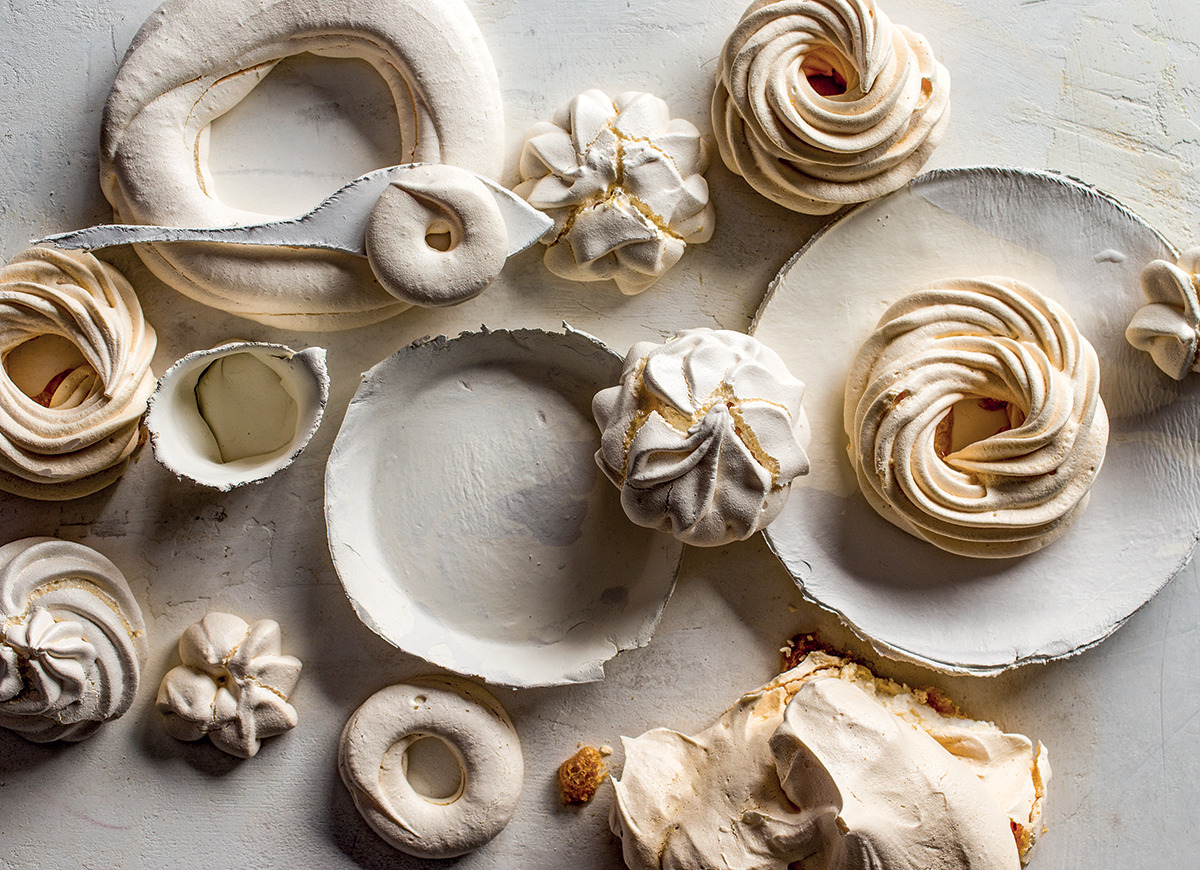 Make meringues and then use the egg yolks in this custard later.
Make meringues and then use the egg yolks in this custard later.
FRUIT
Fruit, particularly berries, banana and mango, freezes really well, but don’t throw it all into one container otherwise you’ll struggle to prise it apart when you’re ready to use it. Instead, lay individual berries or slices of fruit out a baking sheet and freeze for a few hours, then transfer to a freezer bag once frozen. This way they won’t stick together and you can use them as and when you need to. Bananas are a special case. They can be frozen in their peels but will be mushy once thawed, so use them in smoothies or baking. You can also blend frozen banana with a can of coconut cream to make an easy ice cream. If you need slices, freeze them individually and pop into a freezer bag. Defrost fruit in the fridge or at room temperature; it will thaw quickly due to its high sugar content.
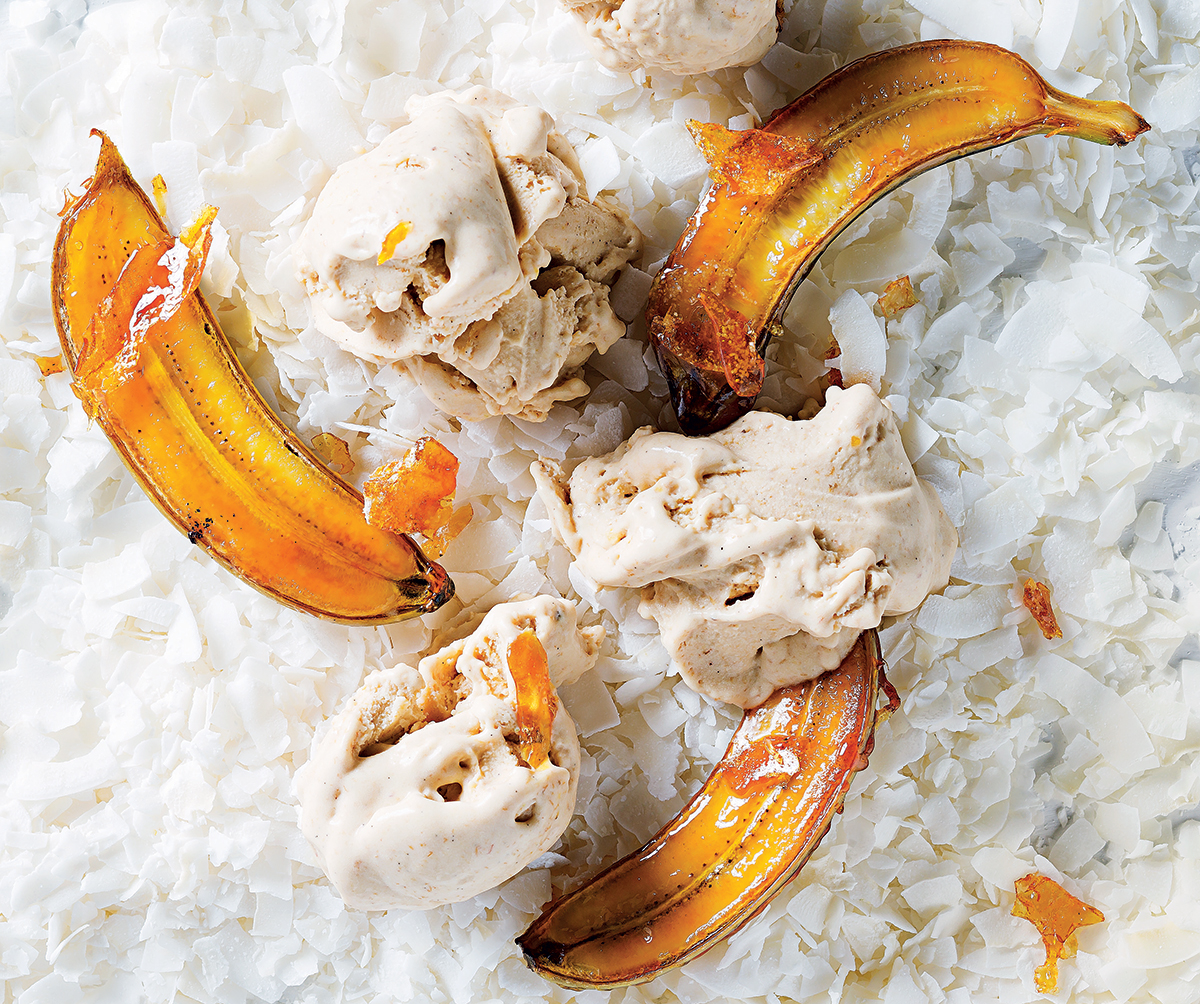 Use frozen bananas to make easy banana ice cream.
Use frozen bananas to make easy banana ice cream.
MEAT
Freezer bags are best for meat, and vacuum-sealed ones are even better. Try to remove as much air as possible, or ask your butcher to vacuum-seal it for you. If you’re really serious about it, buy a vacuum sealer for home use. Also, don’t freeze meat packaged in Styrofoam and wrapped in clingwrap in the freezer – the air between the packaging and the meat can cause freezer burn, so rather transfer it to a freezer bag and squeeze out all the air before freezing.
SOUPS AND STOCK
These freeze very well, but think about the quantities you freeze them in. It’s unlikely that you’ll need litres at a go, so rather freeze them in smaller quantities so they’re easy to defrost. You can also store stock in ice tray so that it’s easy to use.
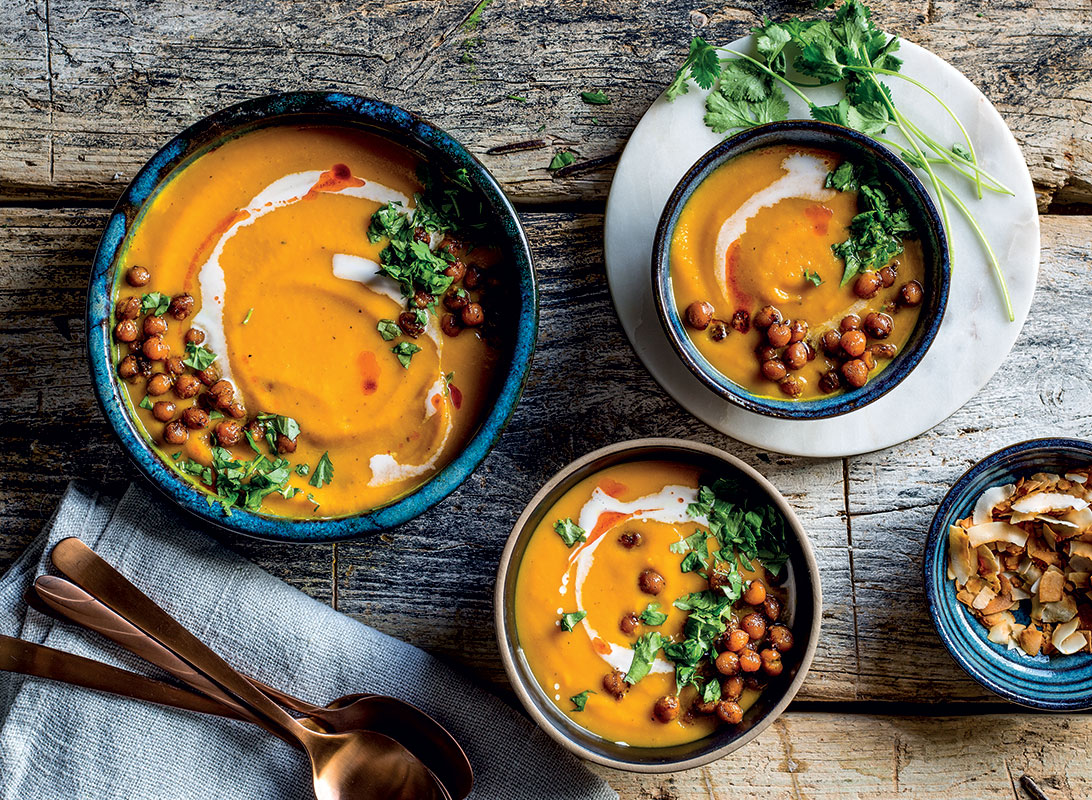 Find our ultimate collection of soups here.
Find our ultimate collection of soups here.
PASTA AND RICE
You can easily freeze cooked pasta and rice, portion and place in freezer bags so that you don’t have to defrost it all when you need a small amount. This also applies to cooked grains such as quinoa, barley and buckwheat. Fresh pasta can also be frozen in the same way. You don’t have to thaw it before cooking, but add a little more water than you usually would so that the temperature doesn’t drop too much when the frozen pasta is added.
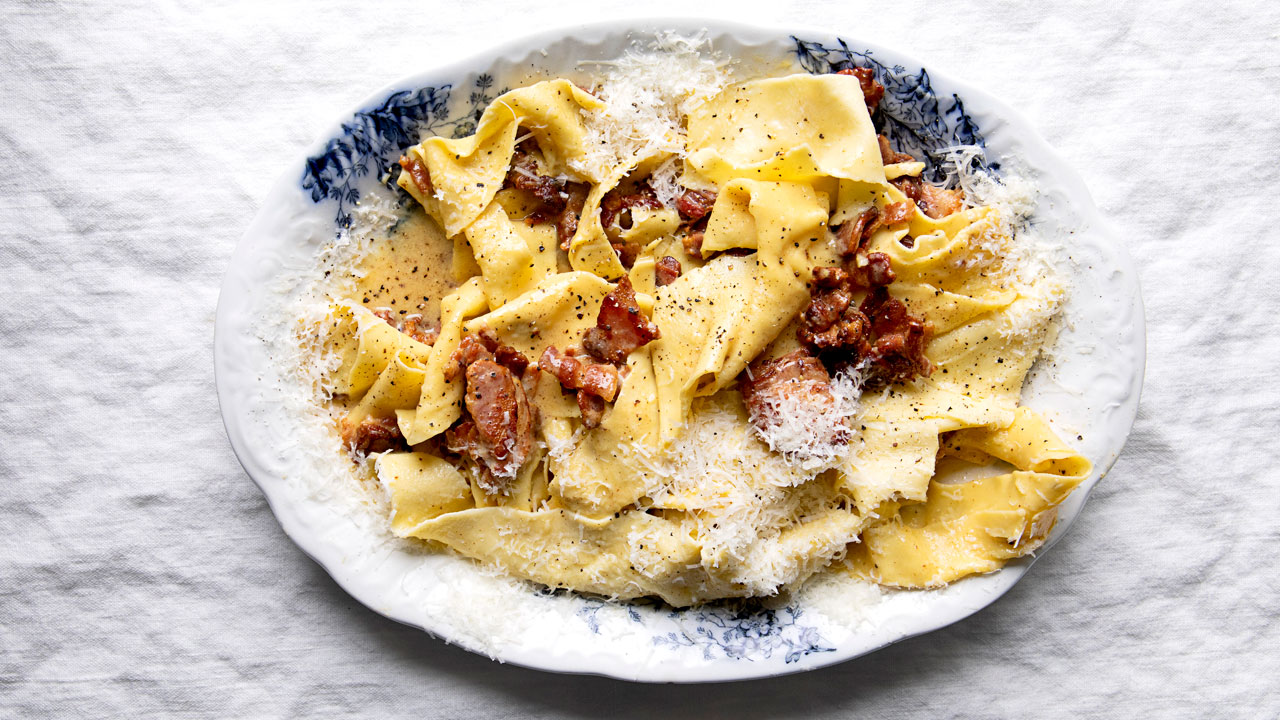
Make a big batch of this glorious pasta and use some for Abi's ultimate carbonara.
VEGETABLES AND HERBS
Wash and cut vegetables and herbs to the size you need before cooking them as chopping after thawing can be a mushy task. Blanch vegetables that need to retain some texture, such as beans or broccoli, before freezing, but don’t bother with veggies that are going to be soft when cooked, such as baby marrow, tomatoes and spinach. To preserve herbs, chop, then put into ice trays and top up with water to just cover. Once frozen, pop out into a Ziploc bag and store in the freezer. Hardy herbs will stay edible for up to two months in the freezer, but don’t use them to garnish food, they’ll be sad and soggy. Fresh is best for that. Keep a bag of veggie scraps and peels in your freezer to add to stock.
 Blitz all the herbs saved in the freezer together into a rough salsa verde and drizzle over roasted veggies, fish and meats, or even pasta.
Blitz all the herbs saved in the freezer together into a rough salsa verde and drizzle over roasted veggies, fish and meats, or even pasta.
CAKES
The best way to freeze a cake is to bake the layers as usual, let them cool completely, and then ice them. Then clear out your freezer and put the iced cake on a tray in the freezer – completely unwrapped. Let it freeze until solid, at least four hours. Remove and wrap securely in clingwrap and a layer of foil. Store-bought cakes should be wrapped and frozen in the same way. Moist, dense cakes such as carrot cake freeze the best, and icings with a high far content, such as buttercream and cream cheese icing, freeze well due to their high fat content.
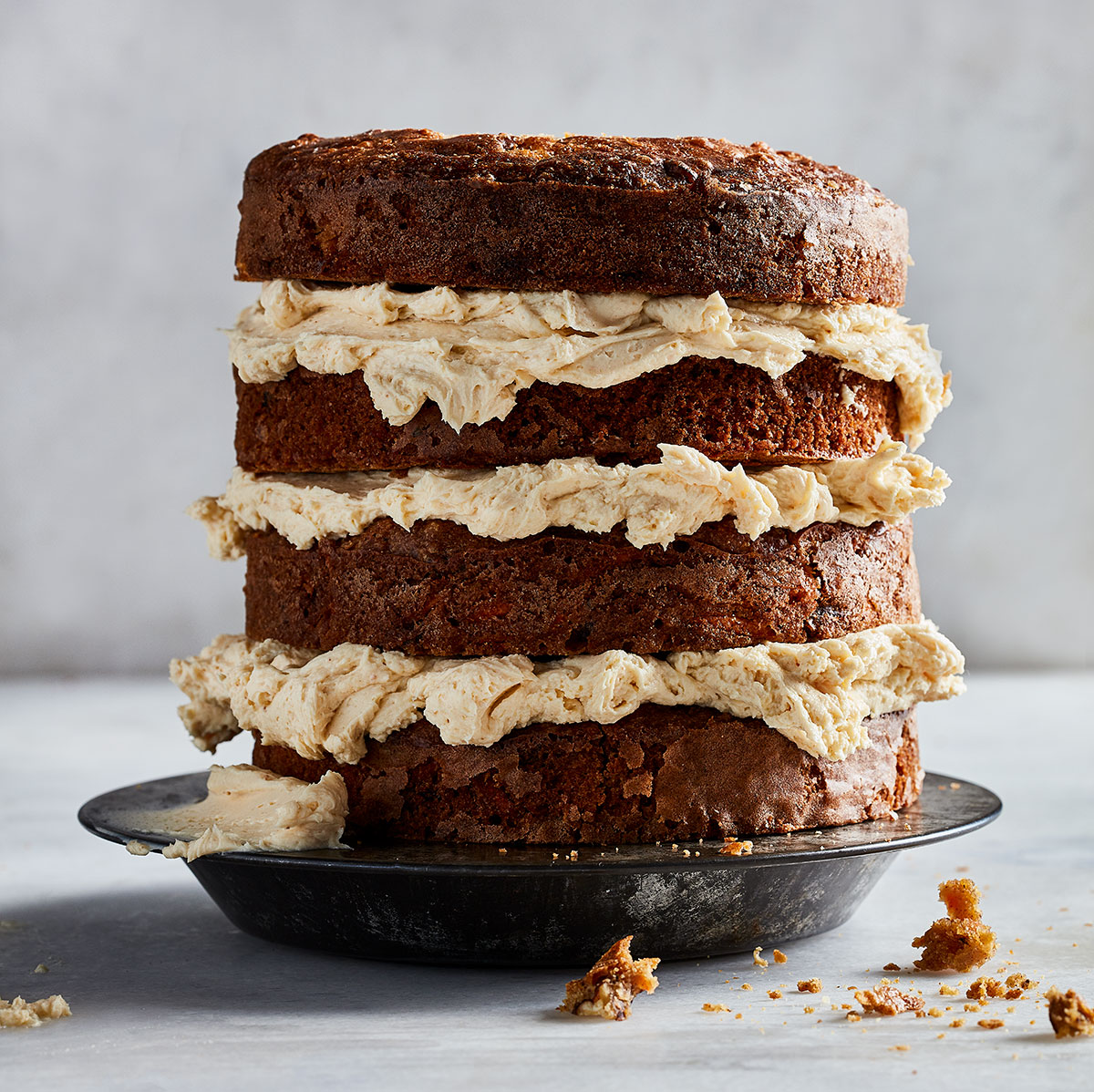
FIVE FREEZER COMMANDMENTS
1. Never freeze food in glass containers unless you’re certain they’re freezer safe. Glass that hasn’t been tempered can shatter, especially if you’re freezing a liquid that expands as it freezes. Rather opt for Tupperware containers or freezer bags.
2. Don’t defrost food, especially meat, in hot water. You run the risk of partially cooking it, and changing its texture and flavour. Try not to microwave frozen meat to thaw it either, it will start cooking unevenly. Either defrost in the fridge or at room temperature.
3. Don’t leave leftover food out of the fridge overnight to cool, even in winter. Let it reach room temperature (this is just so that it freezes quicker), then freeze as soon as possible.
4. Don’t refreeze thawed food. When you freeze something, its cells rupture, changing the texture, which is why fresh food often tastes better than frozen. If you thaw food, and then refreeze it, the second thaw breaks it down even further, making it mushy and unappealing. Bacteria can also take up residence if it’s not thawed at a low enough temperature, which can be dangerous. You can, however, safely refreeze cooked meat that was frozen before cooking.
5. Don’t overcrowd your freezer: air needs to be able to circulate. If your freezer is packed to the brim, it won’t function optimally.
WHAT NOT TO FREEZE
- Fruit and vegetables with a high water content, such as lettuce, cucumber, celery, apples, grapes (although you can eat these frozen) and watermelon. They will lose their structure and become mushy.
- Dairy products such as soft cheese, cream cheese, custard and yoghurt. Cream however, can be frozen. Give it a shake before freezing to ensure the butterfat is well incorporated.


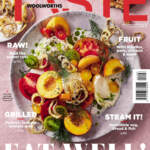
Comments